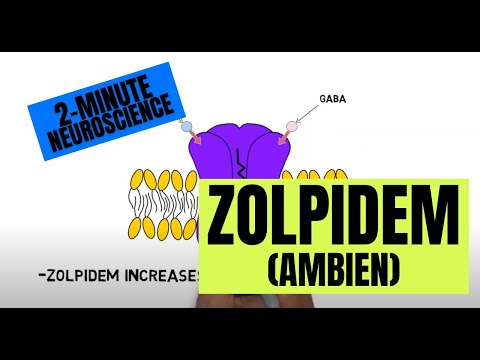- Subjects: Neurosciences
- |
- Contributor:
- Neuroscientifically Challenged
- reflex arc
- nervous system
- spinal cord
This video is adapted from: https://youtu.be/c-dD0N53QRg
The knee-jerk reflex, also known as the patellar reflex, is a well-known example of a simple reflex arc that allows us to maintain posture and balance. Most of us have had our knee-jerk reflex tested at a doctor’s visit when the doctor taps the tendon just below your kneecap, which is the patellar tendon, with a small hammer. This causes your lower leg to automatically kick outward. If this doesn’t happen, or if it happens excessively, it can be an indication of a disorder or of damage to the nervous system.
The knee-jerk reflex is a simple reflex arc that occurs at the level of the spinal cord; in other words, the associated movement occurs without the involvement of the brain; the brain receives information about the movement after it has been initiated. When the patellar tendon of the quadriceps muscle is stretched, the stretch is detected by stretch receptors known as muscle spindles that are found in the quadriceps muscle. The muscle spindles stimulate sensory neurons that travel to the spinal cord, where they synapse with motor neurons that control the contraction of the quadriceps muscle. These motor neurons cause immediate contraction of the quadriceps muscle to produce movement of the leg.
The knee-jerk reflex is considered a monosynaptic reflex because it involves direct connections between sensory neurons and motor neurons, without any neurons in between. Although the reflex is often simplified in diagrams to show only one sensory and one motor neuron, in reality the reflex involves many neurons; stretching the quadriceps muscle activates several hundred sensory neurons, each of which makes contact with around 50 motor neurons. Additionally, the sensory neurons traveling from the muscle spindle stimulate interneurons that inhibit the activity of motor neurons that supply opposing muscles like the hamstring muscle. The stimulation of these inhibitory interneurons causes the action of the quadriceps muscle to be unopposed. [1]
- Nolte J. The Human Brain: An Introduction to its Functional Anatomy. 6th ed. Philadelphia, PA. Elsevier; 2009.


























































































































































